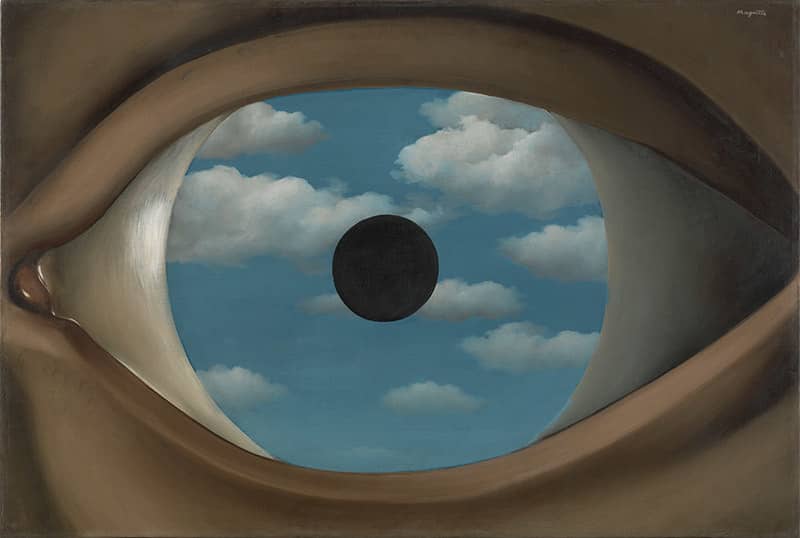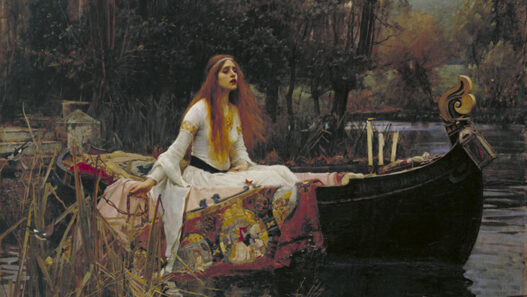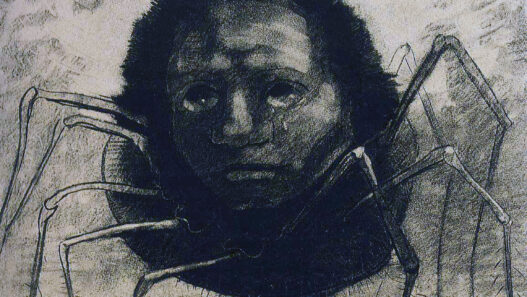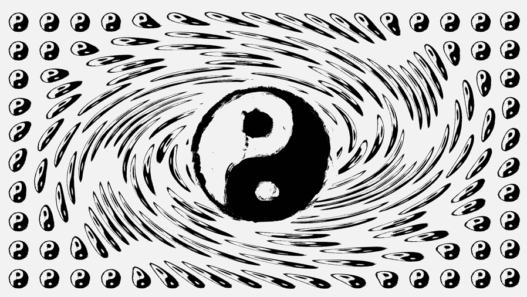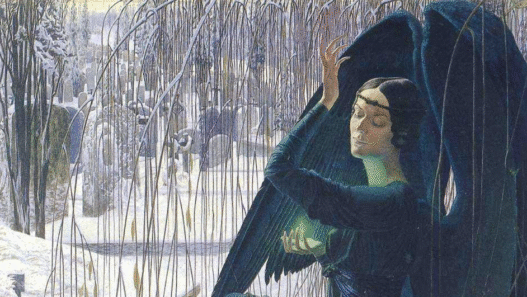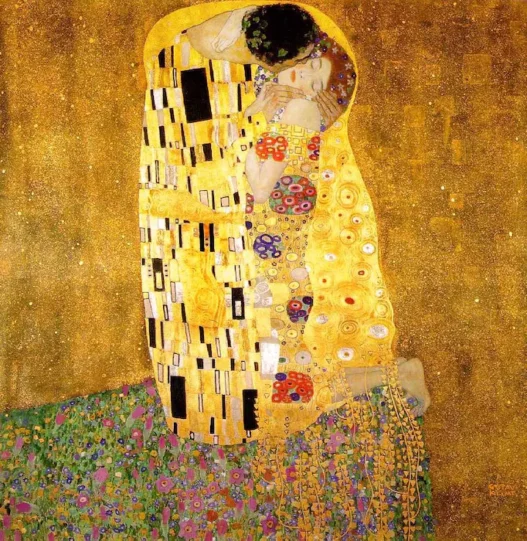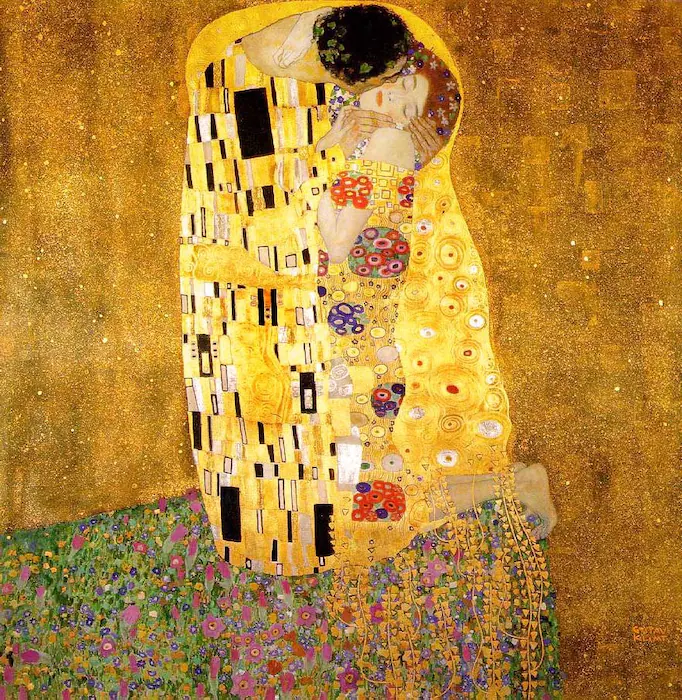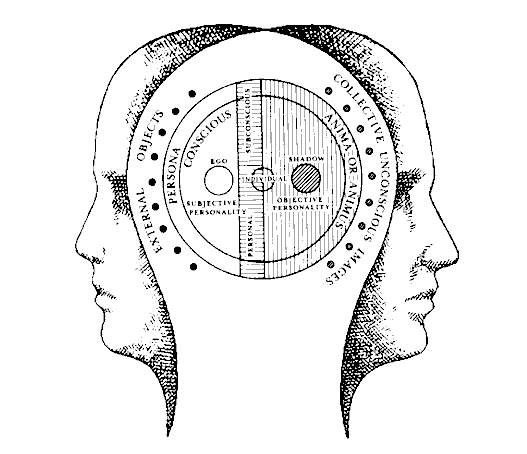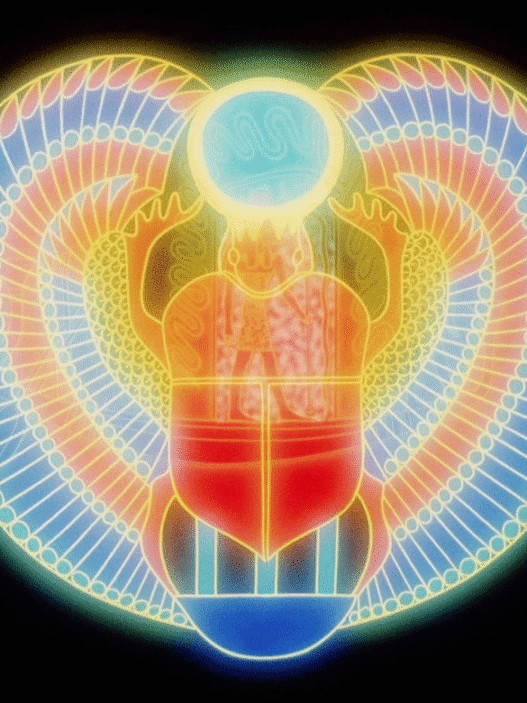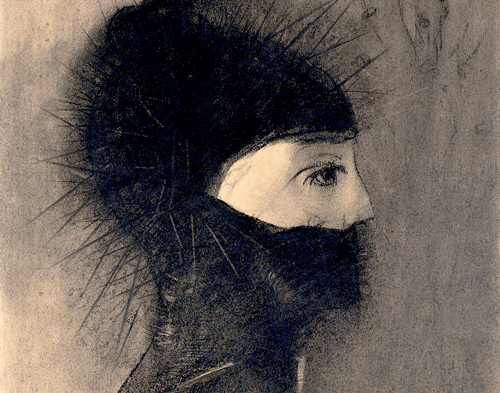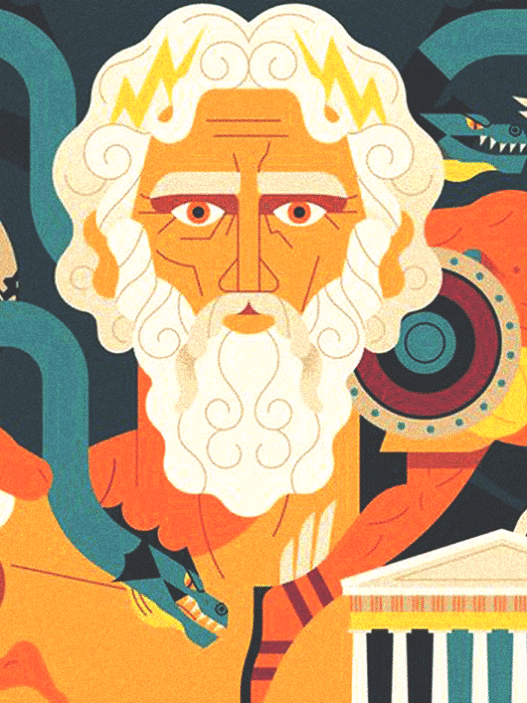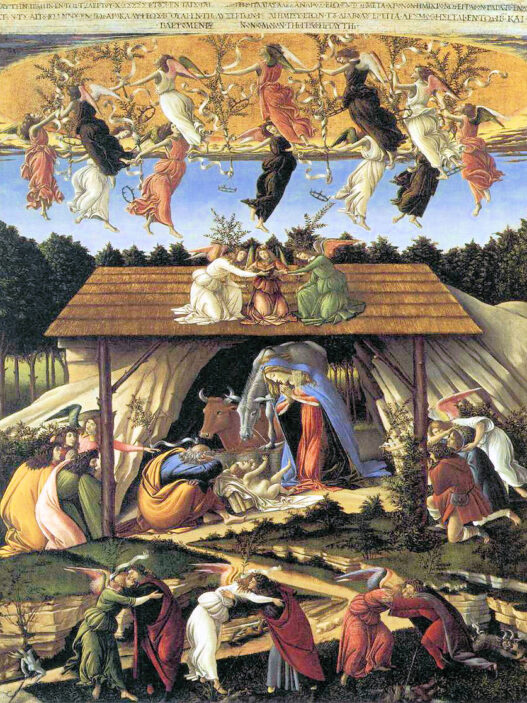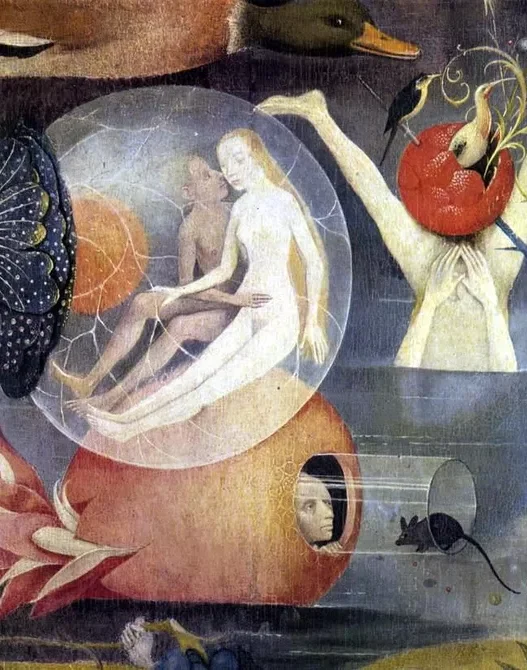Symbolism, Meaning, and Artistic Brilliance
Gustav Klimt’s The Kiss (1907–1908) is one of the most recognisable paintings of the 20th century, celebrated for its luxurious use of gold leaf, intricate patterns, and intimate subject matter. But beyond its aesthetic beauty, this masterpiece is steeped in symbolism that continues to captivate art lovers and scholars alike.
A Glimpse into Klimt’s Golden Period
The Kiss was created during Klimt’s Golden Phase, a period where he incorporated gold leaf and ornate patterns inspired by Byzantine mosaics. The painting depicts a couple locked in a tender embrace, enveloped in a shimmering, patterned cloak that seems almost otherworldly.
The luxurious gold not only highlights the intimacy and sacredness of the moment but also reflects Klimt’s fascination with eternity, spirituality, and the transcendent power of love.
The dark side of the kiss?
Gustav Klimt’s The Kiss: 3 Details You Shouldn’t Miss
Gustav Klimt’s The Kiss masterpiece filled with hidden meanings and rich symbolism. Beyond its golden mosaic of colour and dreamlike patchwork lies a story deeply connected to Klimt’s personal life, the history of his Golden Phase, and a silent letter of love and agony.
This world-famous painting is a symbolic love story that blends passion, spirituality, and artistic innovation.
1. The Golden Background
The shimmering gold leaf is not just decorative; it symbolises eternity and the divine. Klimt was heavily influenced by Byzantine mosaics, and the glowing backdrop creates a timeless, almost sacred space for the lovers’ embrace.
2. Geometric Patterns on the Robes
The male figure is cloaked in strong rectangular and linear motifs, while the female is adorned with soft, circular and floral shapes. These contrasting patterns symbolise masculine and feminine energy, coming together in harmony.
3. The Blossoming Meadow
Beneath the couple’s feet lies a bed of flowers. This meadow symbolises fertility, growth, and the flourishing of love. It roots the ethereal, golden world in the natural cycle of life and renewal.
By recognising these three powerful symbols, we unearth the intentional rhetoric buried within this painting and gain a deeper appreciation of why The Kiss remains one of the most celebrated works of art in history.
